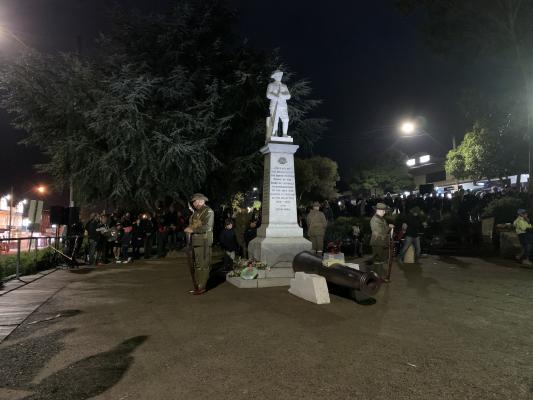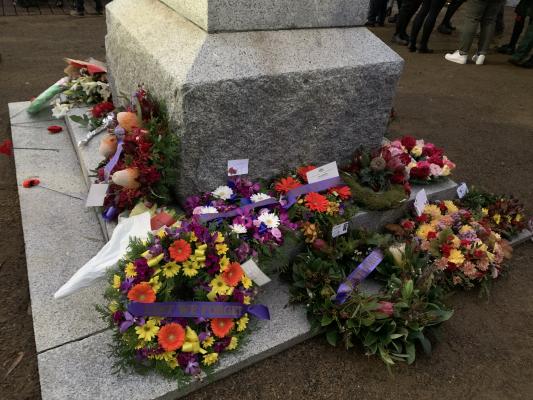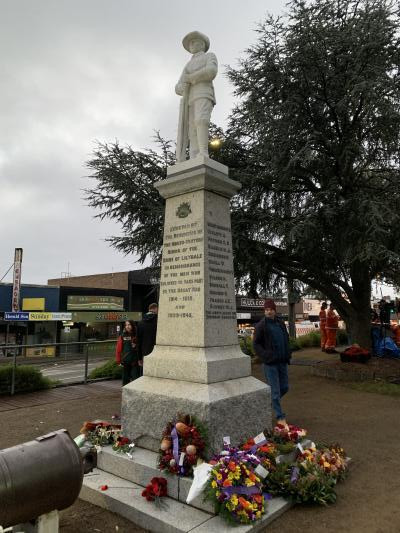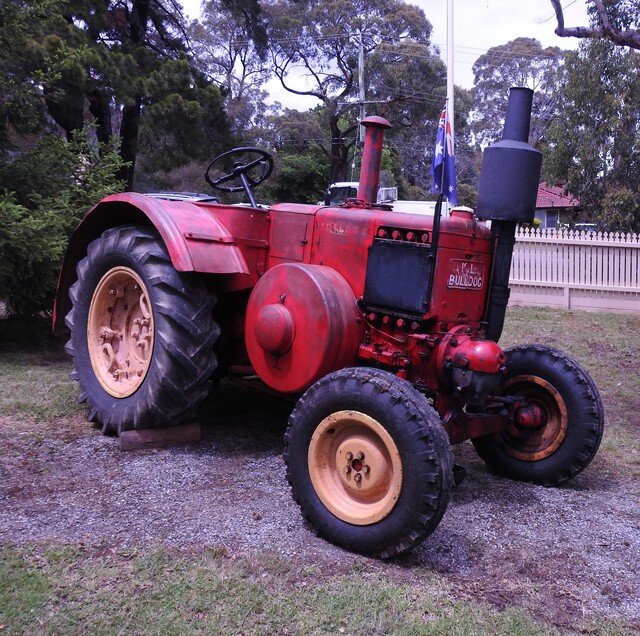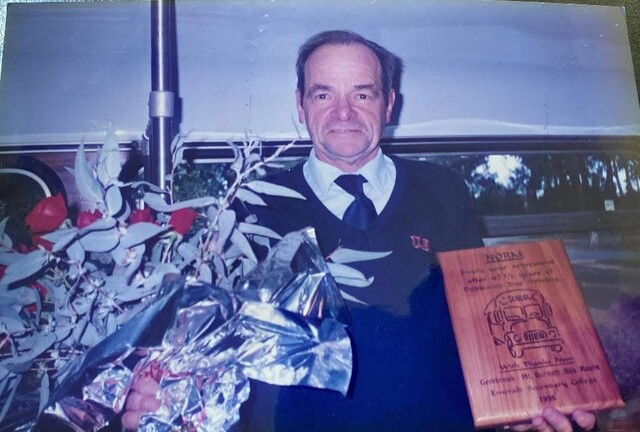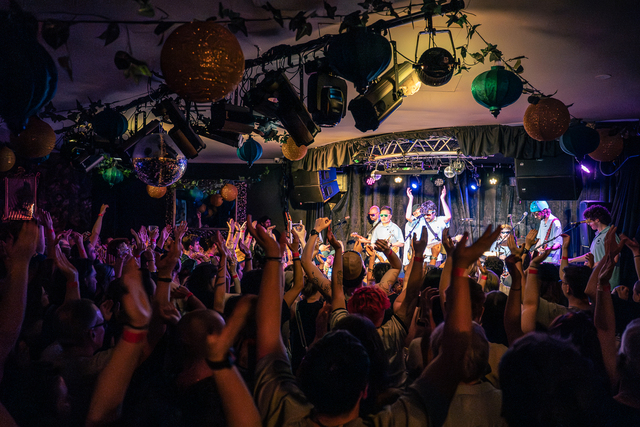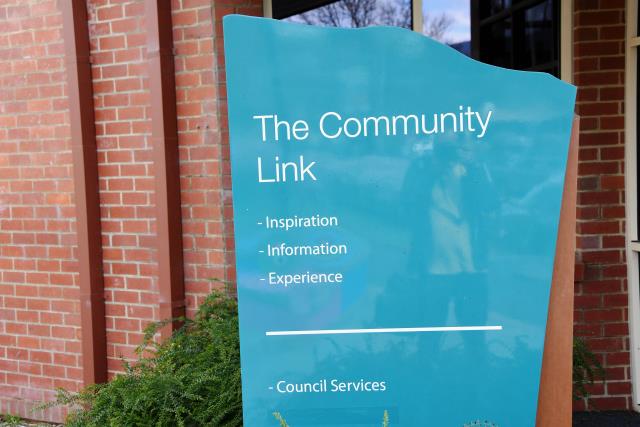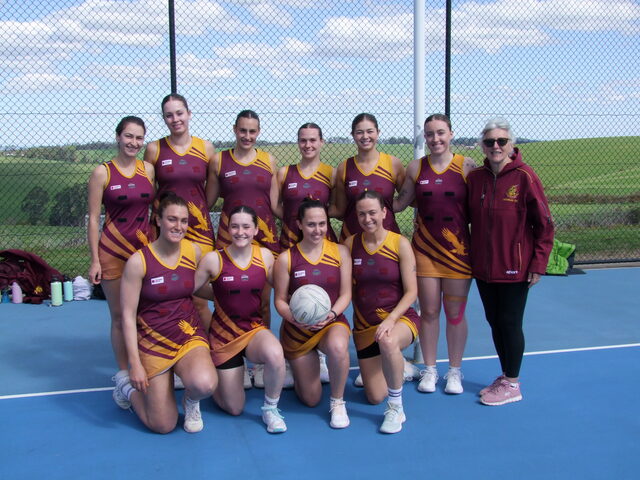In the darkness of the morning, crowds of young and old gathered at the Lilydale Cenotaph to honour and pay tribute to those who have served and continue to serve their country.
This Anzac Day, the feeling of relief to be able to commemorate the fallen soldiers of World War I and conflicts since, was something special.
Lines of hand knitted and crocheted poppies marked the ground reminding people to keep their 1.5 metre distance.
But no matter how physically separated by distance people were, the spirit and memory of the Anzacs remained strong, bringing people together from all walks of life.
“The reason we’re here today is because on this day in 1915 on the shores of Gallipoli, was the first major military campaign for soldiers from Australia and New Zealand,” Lilydale RSL Sub Branch president, Bill Dobson said.
“Ever since then for more than 100 years, the men and women, navy, army and airforce, have honoured the memory of our original Anzacs.”
As the catafalque party marched into position, people looked on from all directions, the everlasting flame burning in the blackened and cloudy sky.
As the Lilydale community stood as one, with members of the Lilydale RSL, SES, Victoria police, students from local schools and members of parliament, the sacrifice, so many young men and women made, rang true.
Lilydale, like so many other suburbs, towns and cities was not immune to war.
Federal MP Tony Smith spoke of the local impact and history of the cenotaphs that feature across the country.
“A century ago the Lilydale community was coming to grips with the awful aftermath of the horror that was the First World War,” he said.
“The bullets and the shrapnel that tore through the bodies of those killed were still tearing through the hearts of their loved ones here in this town.
“They once walked these streets, now they will be names on this cenotaph before us that the community determined back then would be an everlasting tribute to them.”
The Lilydale cenotaph names 25 men who died in World War I and many more who died in World War II and Vietnam.
Those men join 62,000 Australians whose names will forever remain on war memorials in many towns around Australia.
The special addition of the returned soldier, standing atop the cenotaph as originally built, pays homage to the many number of soldiers who do not have gravesites.
“It’s our first service with the new soldier which is terrific. It was missing for 80 years,” Mr Dobson said.
“So it’s great to have him up top there because it just reminds people of when they first came back, one of their aims was to build these cenotaphs out of respect and they thought if the community can keep honouring that day, Anzac Day, then they’d be very pleased.
“And we’re still here today. It’s just fantastic that people are still honouring that commitment.”
Remembering not only Australian men but New Zealand men who fought alongside their Aussie comrades, Yarra Ranges Shire Mayor Fiona McAllister made mention of the 18,500 Kiwi’s who died in World War I.
“The Anzacs showed courage, comradeship, compassion and distinguished themselves as soldiers,” she said.
“We remember our close comrades, the New Zealanders and sharing Anzac day means we look across the Tasman in the spirit of mateship and shared sacrifice, just as our soldiers did in the First World War.”
Ms McAllister did not only speak of the sacrifices of those in World War I but of the many battles since.
“The Second World War, the Korean War, the Vietnam War, all saw huge sacrifice, death and disability, physical and psychological, inflicted on all involved,” she said.
“As we remember those battles, we are strongly reminded that the Anzac spirit is about courage and sacrifice but it is also about the desire for peace.”
Acknowledging the continued sacrifice of those who still suffer physically or mentally from the horrors of any war has never been more necessary with the announcement of the Royal Commission into Defence and Veteran Suicide.
No one was left unmentioned, as Evelyn MP Bridget Vallence paid tribute to the women who so bravely volunteered as nurses to help treat and heal the wounded.
Over 2,000 women served in World War I, some who returned, others who were taken as prisoners of war and many who died.
Ms Vallence called upon the young people present at the Lilydale Dawn Service to continue the tradition of remembering and honouring the Anzacs.
“Those young people here today, commemorating and paying their respects, you come here to pay respects to grandfathers, great grandfathers, those who had courage and bravery, defeated tyranny and hate,” Ms Vallence said.
“It falls on your shoulders, on all of our shoulders, that their legacy will never be forgotten. We will remember them.”
And as the darkness turned to light, the year that held all Victorians apart was broken and a moment of mutual remembrance, camaraderie and understanding fell over all that were present.
The legacy of the Anzacs lives on. Lest we forget.

